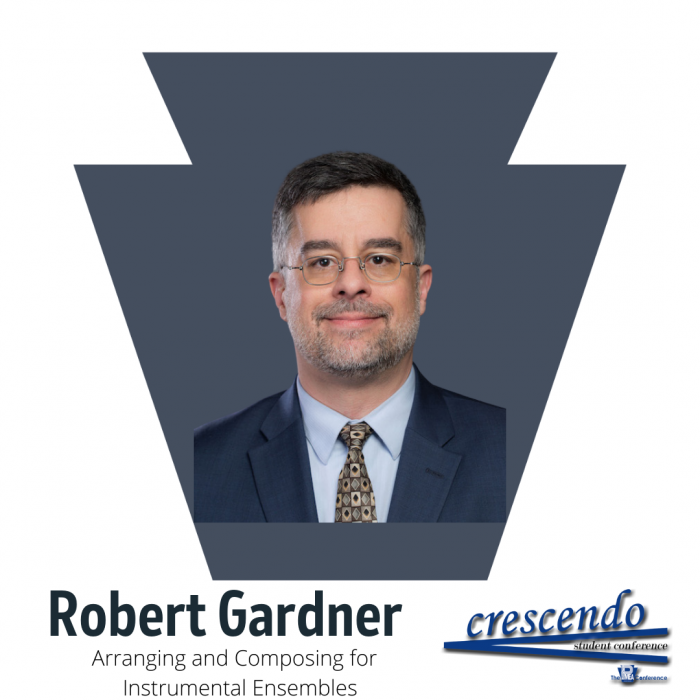
Arranging and Composing for Instrumental Ensembles |
|
Many students interested in performing music also want to explore its creative side. Arranging and composing music requires a holistic understanding of music, as well as the capabilities and qualities of the instruments in the ensembles. Improvisation, another form of musical creativity, can be a valuable tool in the composition process. In this session, the presenter will discuss how to arrange and compose music for instrumental ensembles (orchestras, bands, small combos, chamber groups, etc.) for your own interest, or in preparation for studying music in college. The presenter will demonstrate techniques, highlight notable examples, and answer questions and provide advice. |
|
The presenter will discuss and demonstrate the following concepts related to composing and arranging music for instrumental ensembles. Arranging music • Effectively choosing musical material Composing music • Comprehensive listening experiences as foundation Sharing your work • Making sample recordings of your pieces via technology |
|
|
|
Robert Gardner is a bassist, conductor and composer with experience in a wide variety of musical genres. He has served on the faculty of the Penn State School of Music since 2003, where he is an associate professor of music education, specializing in stringed instrument playing and teaching, orchestral conducting, and eclectic styles for instrumental ensembles. Gardner has written chapters and articles in various publications, including Arts Education Policy Review and American String Teacher, and has given presentations at conferences and workshops throughout the country. His research has focused on the attrition, retention and job satisfaction of American public school music teachers. Several of his compositions and arrangements for string orchestra are available through Alfred Publishers. Robert received his bachelor’s degree in music education from the Ohio State University, and his M.A. and Ph.D. degrees in music education from the Eastman School of Music (University of Rochester). Prior to joining the faculty at Penn State, he served as orchestra director and instructor for public school districts in Ohio and New York. Gardner was also music director for two youth orchestras at the Hochstein School of Music, and has been guest conductor for many honors ensembles. He has designed and directed programs for adult learners and eclectic styles for string ensembles. Robert served as chairperson of the Alternative Styles Task Force for the American String Teachers Association (ASTA), and as president of the Pennsylvania Delaware chapter of ASTA (PADESTA). |
